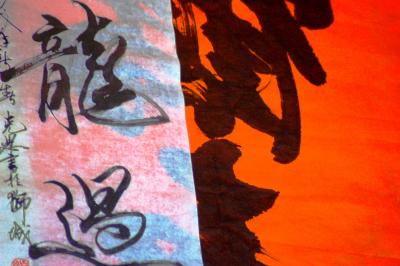 Regarded as the most abstract and sublime form of art in Chinese culture,
Chinese calligraphy (brush) is often thought to be most revealing of one's personality,
with an infinite variety of styles and forms. Unlike other visual art techniques,
all calligraphy strokes demand careful planning and confident execution.
Although it uses Chinese words as its vehicle of expression,
one does not have to know Chinese to appreciate its beauty. |
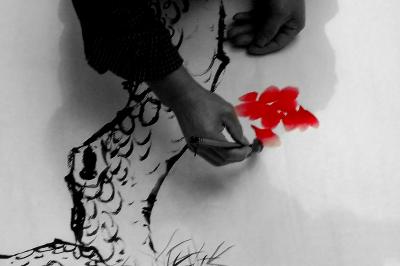 Chinese painting in the traditional style involves essentially the same techniques as calligraphy
and is done with a brush dipped in black or colored ink.
In the beginning, most chinese paintings were landscapes, "shan shui" (literally means mountain water). |
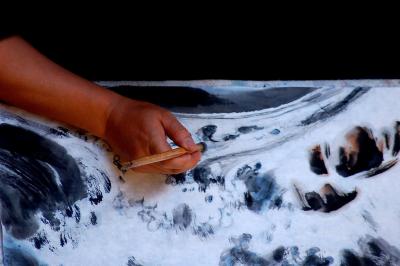 Chinese painting: The purpose was not to reproduce the exact appearance of nature
but rather to grasp an emotion or atmosphere and catch the "rhythm" of nature.
Emphasis was later placed on the spiritual qualities of the painting and
on the ability of the artist to reveal inner harmony of man and nature.
Revolution came narrative paintings, with wider color range and much busier composition. |
 Erhu is one of the most widely used bowed string instruments in Chinese's music history.
The first character of the name of the instrument "er" is derived from the fact that it has two strings.
The second character "hu" indicates that it is part of the huqin family of bowed string Chinese instruments.
|
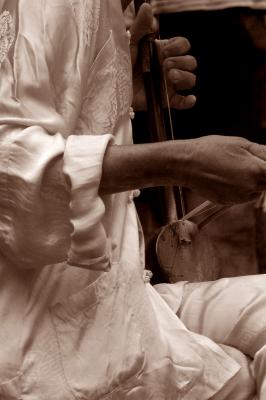 Erhu consists of a wooden block base and a vertical stem. The bow is clasped between the strings.
You play with the base resting on you left thigh next to your groin and
with your left hand curved around the stem, pulling or pushing the bow, like a violin. |
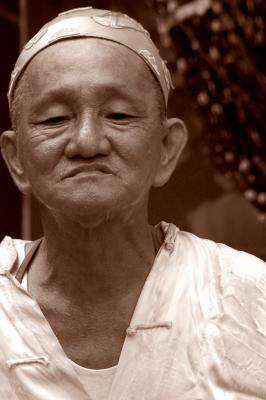 Erhu is often used as a solo instrument by old street performers, as well as in small ensembles and large orchestras.
It is similar to a western violin, except that it has only two strings. |
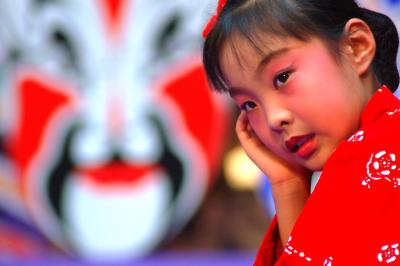 Dance in itself is a beautiful expression of art, beauty, grace and style for any culture. |
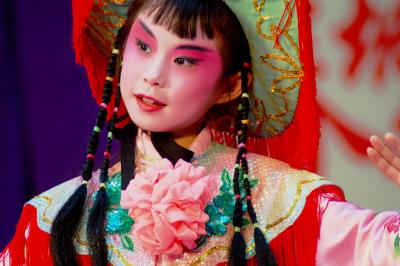 Cultural dance explores the meaning of what certain culture represents.
It allows each dancer to understand what it means to be a part of that culture on a deeper level.
|
 Chinese cultural dance has a history of over 5,000 years.
In each dance, there is always a story behind the movements and you
will feel like you are connecting to a historical past. |
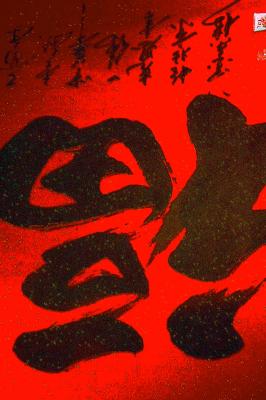 Chinese Lunar New Year is the most significant festival for ethnic Chinese around the world.
The character reads as "fu" which literally means happiness.
It is often written on red paper and pasted upside down as in Chinese
it means "dao" which is a homonym of the word "arrival".
Wish everyone a happy and properous new year! Gong Xi Fa Cai! |
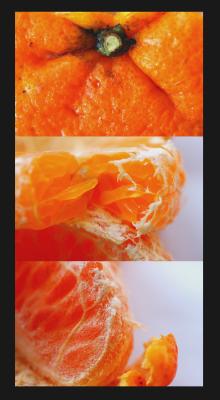 Sweet and usually seedless, the mandarin orange or tangerine is a traditional gift at
Chinese Lunar New Year, symbolizing wealth, good luck and abundant happiness.
This is because in Chinese, the word "orange" sounds like "ji", which means "good luck".
People present oranges to express their respects and good wishes to their parents, friends and relatives for the coming year. |
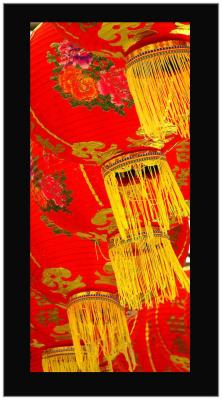 Chinese Lunar New Year period ends with the Lantern Festival, on the fifteenth day of the period.
Traditionally, this date once served as a day for love and matchmaking. Other popular activities
at the Lantern Festival include eating "tang yuan", a sweet rice dumpling soup, and
guessing lantern riddles, often messages of love.
|
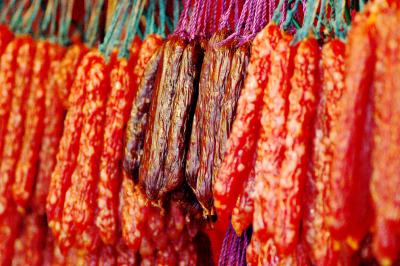 Food plays a major part in all Chinese festivals.
Customarily, certain foods are specially marketed for a particular festival and
amusingly, many of them are also linked symbolically to the festival. |
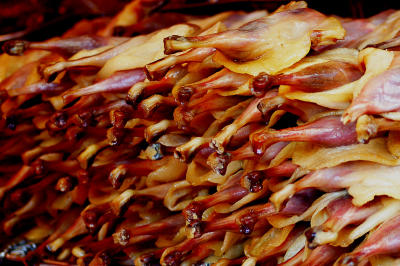 The preserved meat such as duck and pork sausages symbolizes abundance of food for the family.
It is a delicacy served only during the spring festival, the Chinese Lunar New Year. |
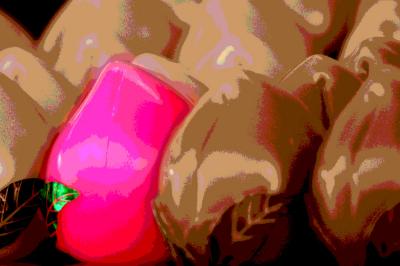 "Sou Tou" is a steamed bun kneaded and colored like a peach.
It is said that the mythic peaches planted in the pavilions of paradise ripe every 5,000 years and
anyone who's lucky enough to have a bite of it can become immortal as well.
So the peach always has the symbolic meaning of longevity in our Chinese culture. |
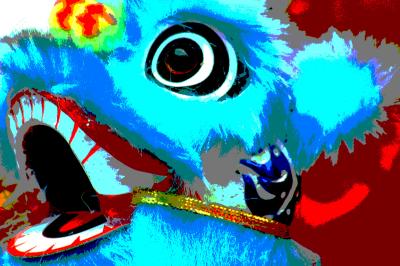 One of the most spectacular sights during the Chinese Lunar New Year Festival is the lion dance.
The heads of these fearsome beasts are supposed to ward off evil, and the nimble
movements of the dancers provide a grand spectacle enjoyable to everyone. |
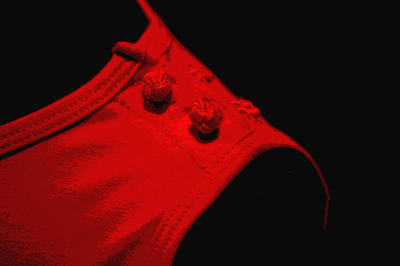 Another popular tradition for Chinese Lunar New Year is for everyone to wear brand new clothes,
especially those designed in a traditional style and in red color as it symbolizes good luck! |
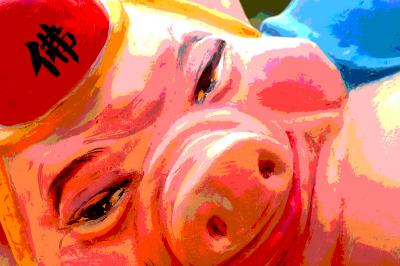 The Chinese animal signs are a 12-year cycle used for dating the years.
They represent a cyclical concept of time, rather than the Western linear concept of time.
Every year is assigned an animal sign according to a repeating cycle:
Rat, Ox, Tiger, Rabbit, Dragon, Snake, Horse, Sheep, Monkey, Rooster, Dog, and Boar.
AND I AM BORN IN THE YEAR OF BOAR! * OINK OINK * |











